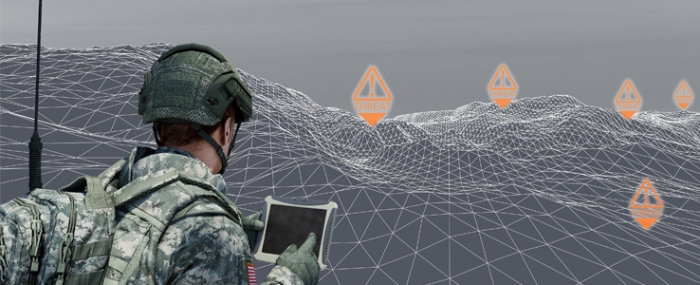
© bae systems
Electronics Production |
BAE Systems reveals handheld cognitive electronic warfare tech for DARPA
Through a contract from the US Defense Advanced Research Projects Agency (DARPA), BAE Systems has developed a new lightweight, handheld tactical sensor that soldiers can carry and use to better understand RF signals for enhanced situational awareness.
By using cognitive processing algorithms, this handheld electronic warfare (EW) technology can quickly detect and identify multiple interfering signals, such as jammers or enemy communication signals, across a spectrum and in changing and challenging environments. The new capability can be leveraged across multiple platforms and can integrate, for example, into a variety of EW, SIGINT, and signal receiver and communication systems, both large and small.
“By drastically reducing the size, weight, and power of this new cognitive EW system, we’re making it easier for our warfighters to be aware of, classify, and manage a wide range of signals in the battlespace, which is crucial for tactical situational awareness,” said Joshua Niedzwiecki, director of Sensor Processing and Exploitation at BAE Systems. “Better situational awareness on the battlefield means superior protection for our troops and a greater ability to defeat hostile threats.”
The technology was developed under DARPA’s Computational Leverage Against Surveillance Systems (CLASS) program and the Cognitive radio Low-energy signal Analysis Sensor ICs (CLASIC) program. Using advanced signal processing algorithms, BAE Systems reduced the time and the computing power needed to process detected signals to such an extent that the new system uses only one low-power chip. The result is a 10-times reduction in size, weight, and power compared to conventional spectrum analyzers.






